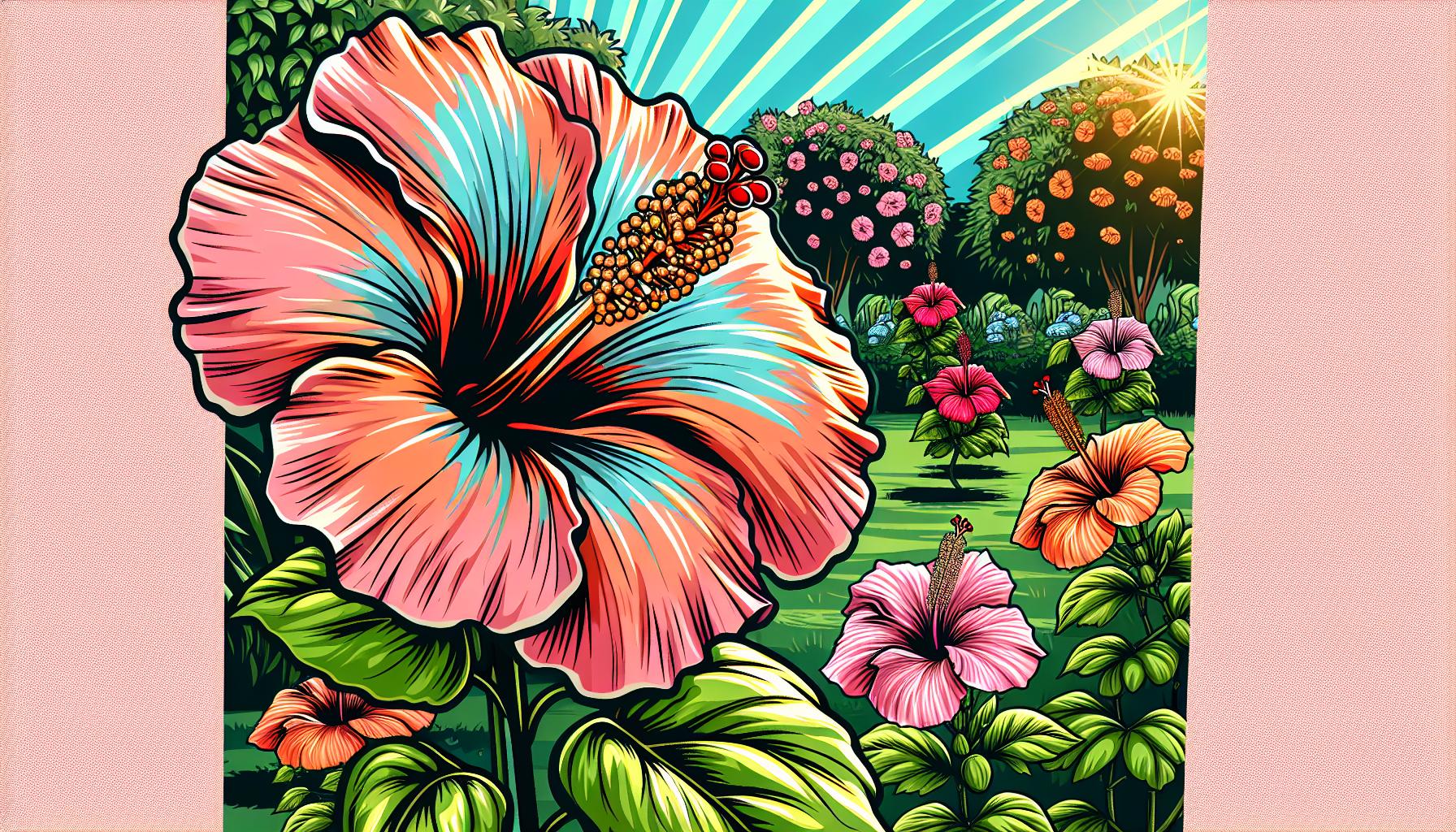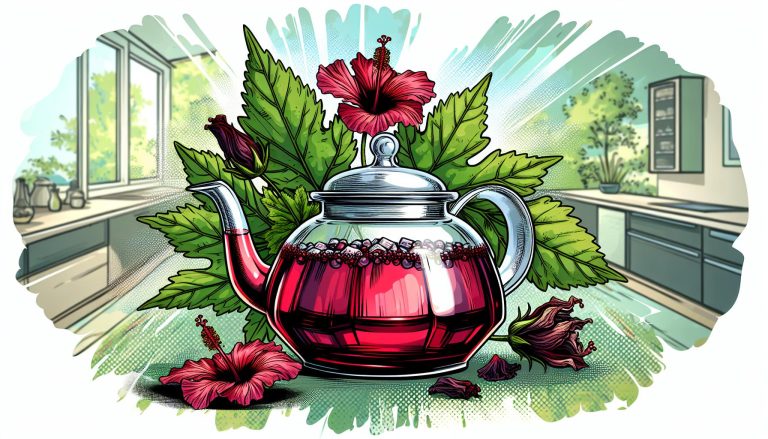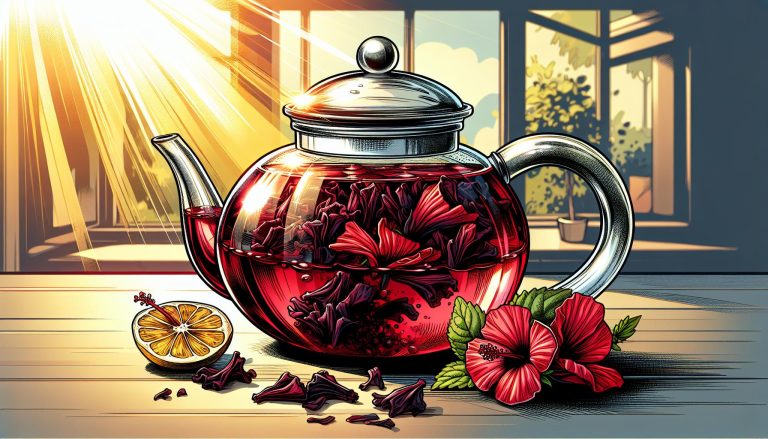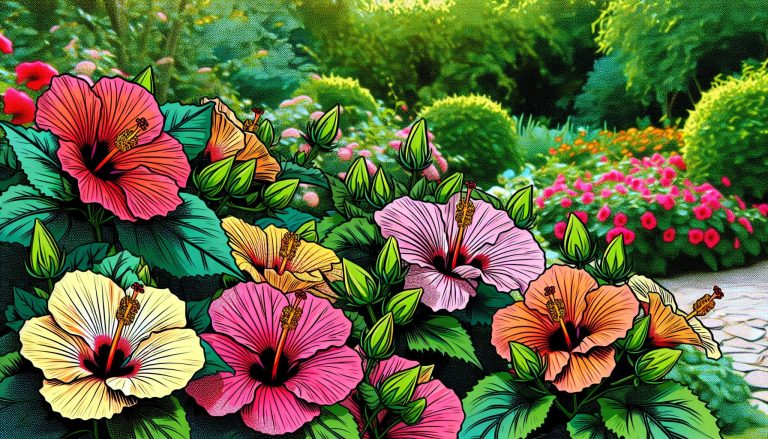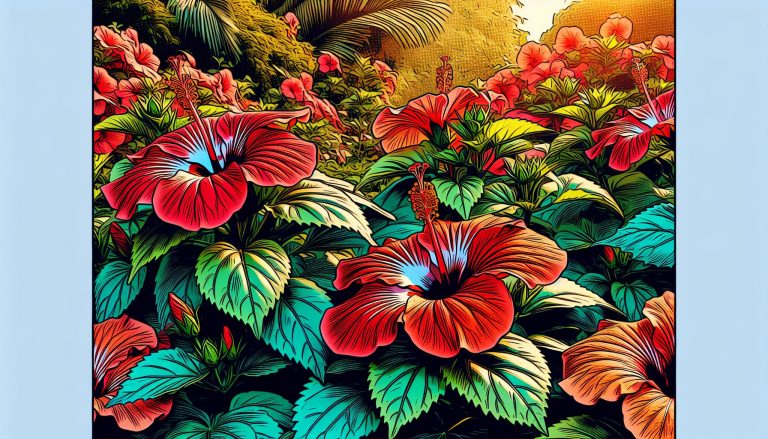When Do Hibiscus Bloom? Ultimate Guide to Stunning Floral Displays
As a gardening enthusiast, I’m often asked about the stunning hibiscus flower and its blooming habits. These tropical beauties are known for their vibrant colors and large, showy blossoms that can brighten up any garden or indoor space.
If you’re wondering when hibiscus plants bloom, you’re not alone. The answer isn’t always straightforward, as it depends on several factors, including the type of hibiscus, climate, and care practices. In this article, I’ll dive into the blooming patterns of different hibiscus varieties and share some tips to help you maximize your plant’s flowering potential.
Understanding Hibiscus Plants
Hibiscus plants are diverse and adaptable, with numerous species and cultivars available. I’ll explore the different types of hibiscus and their ideal growing conditions to help you understand these beautiful flowering plants better.
Types of Hibiscus
Hibiscus plants come in three main categories: tropical, hardy, and rose of Sharon. Tropical hibiscus (Hibiscus rosa-sinensis) boasts large, colorful flowers and thrives in warm climates. Hardy hibiscus (Hibiscus moscheutos) withstands colder temperatures and produces dinner plate-sized blooms. Rose of Sharon (Hibiscus syriacus) is a shrub-like hibiscus that flowers in late summer. Each type has unique characteristics:
- Tropical hibiscus: Evergreen, sensitive to cold, flowers year-round in warm climates
- Hardy hibiscus: Herbaceous perennial, dies back in winter, rebounds in spring
- Rose of Sharon: Deciduous shrub, flowers on new growth, tolerates various soil types
Growing Conditions for Hibiscus
Hibiscus plants thrive under specific conditions, which vary slightly depending on the type. Here are the key factors for optimal hibiscus growth:
- Sunlight: Most hibiscus varieties require full sun, at least 6 hours daily
- Soil: Well-draining, slightly acidic soil with a pH between 6.0 and 6.5
- Water: Consistent moisture, but not waterlogged; about 1 inch per week
- Temperature: Tropical hibiscus prefers 60-90°F, while hardy varieties tolerate cooler temps
- Humidity: High humidity benefits tropical types; hardy varieties are more adaptable
- Fertilizer: Balanced, slow-release fertilizer applied monthly during growing season
By providing these optimal conditions, you’ll create an environment where your hibiscus plants can thrive and produce abundant blooms.
Blooming Seasons for Different Hibiscus Varieties
Hibiscus varieties exhibit diverse blooming patterns, influenced by their specific type and environmental conditions. Understanding these patterns helps gardeners maximize the flowering potential of their hibiscus plants.
Tropical Hibiscus Bloom Times
Tropical hibiscus plants bloom year-round in warm climates, with peak flowering occurring during summer and early fall. In cooler regions, these plants typically flower from late spring to early fall when temperatures are consistently above 60°F (15.5°C). Tropical hibiscus varieties produce flowers that last only 1-2 days but bloom continuously throughout their active season. Popular cultivars like ‘Brilliant’ and ‘Painted Lady’ offer vibrant, long-lasting displays in suitable conditions.
Hardy Hibiscus Bloom Times
Hardy hibiscus varieties, also known as perennial hibiscus, have a shorter blooming season compared to their tropical counterparts. These plants typically flower from mid-summer to early fall, with peak blooming occurring in August and September. Hardy hibiscus emerges later in spring and dies back to the ground in winter, resuming growth when soil temperatures warm up. Cultivars such as ‘Lord Baltimore’ and ‘Luna Red’ produce large, showy flowers that can reach up to 12 inches in diameter, creating stunning focal points in gardens during their blooming period.
Factors Affecting Hibiscus Blooming
Several key factors influence the blooming patterns of hibiscus plants. Understanding these elements helps gardeners create optimal conditions for abundant flower production.
Climate and Temperature
Hibiscus plants thrive in warm temperatures between 60°F and 90°F (15.5°C to 32°C). Tropical varieties bloom year-round in USDA zones 9-11, while hardy hibiscus flourish in zones 4-9. Cold temperatures below 50°F (10°C) can slow growth and reduce flowering. In colder regions, hibiscus enter dormancy during winter, resuming growth and blooming when temperatures rise in spring.
Sunlight Exposure
Hibiscus plants require full sun to partial shade for optimal blooming. They need 6-8 hours of direct sunlight daily to produce abundant flowers. Insufficient light leads to reduced blooming and leggy growth. In hot climates, providing afternoon shade protects the plants from scorching and extends the blooming period. Balancing sunlight exposure ensures healthy growth and prolific flowering throughout the season.
Soil and Nutrients
Well-draining, nutrient-rich soil with a pH between 6.0 and 6.5 promotes healthy hibiscus growth and flowering. These plants prefer slightly acidic to neutral soil conditions. Regular fertilization with a balanced, high-phosphorus fertilizer (5-10-5 or 10-10-10) encourages bud formation and enhances bloom quality. Applying a slow-release fertilizer every 4-6 weeks during the growing season maintains consistent nutrient levels. Adequate soil moisture retention and proper drainage prevent root rot and support robust blooming.
Extending the Blooming Period
To maximize the flowering season of hibiscus plants, I’ll explore effective techniques for extending their blooming period. By implementing proper pruning and fertilization strategies, gardeners can encourage more abundant and longer-lasting blooms.
Pruning Techniques
Pruning hibiscus plants stimulates new growth and increases flower production. I prune tropical hibiscus in early spring, cutting back about 1/3 of the plant’s height to encourage bushier growth. For hardy hibiscus, I perform a hard prune in late winter or early spring, cutting stems back to 4-6 inches above the ground. Throughout the growing season, I remove spent flowers (deadheading) to redirect energy into new bud formation. Pinching off the tips of young stems promotes branching and results in more flowering sites.
Fertilization Tips
Proper fertilization is crucial for extending the hibiscus blooming period. I use a balanced, water-soluble fertilizer with an NPK ratio of 10-10-10 or 20-20-20 during the growing season. For tropical hibiscus, I fertilize every 2-3 weeks from spring to fall. Hardy hibiscus benefit from monthly fertilization during their active growth period. To promote blooming, I switch to a high-phosphorus fertilizer (such as 5-10-5) when flower buds begin to form. I always follow package instructions for application rates and avoid over-fertilizing, which can lead to excessive foliage growth at the expense of flowers.
Common Issues Preventing Hibiscus Blooms
Despite optimal care, hibiscus plants sometimes fail to bloom due to various issues. Understanding these problems helps gardeners address them effectively, ensuring their hibiscus plants produce abundant flowers.
Pest Infestations
Pest infestations significantly impact hibiscus blooming. Common pests affecting hibiscus include:
- Aphids: These tiny insects suck sap from buds and new growth, stunting flower development.
- Spider mites: They cause yellowing leaves and reduced vigor, indirectly affecting bloom production.
- Whiteflies: These pests weaken plants by feeding on leaves, reducing overall health and blooming capacity.
- Thrips: They damage flower buds, causing deformities or preventing blooms from opening.
To combat these pests:
- Regularly inspect plants for signs of infestation.
- Use insecticidal soap or neem oil for mild infestations.
- Introduce natural predators like ladybugs for biological control.
- Prune affected areas and dispose of infested plant material properly.
Diseases Affecting Blooming
Several diseases can hinder hibiscus blooming:
- Botrytis blight: This fungal disease causes gray mold on buds and flowers, preventing them from opening.
- Hibiscus chlorotic ringspot virus: It leads to yellowing leaves and stunted growth, reducing overall plant vigor and bloom production.
- Root rot: Caused by overwatering or poor drainage, it impairs the plant’s ability to absorb nutrients, affecting bloom formation.
- Leaf spot diseases: These fungal infections weaken the plant, diverting energy from flower production to fight the disease.
To manage these diseases:
- Improve air circulation by proper spacing and pruning.
- Water at the base of the plant to keep foliage dry.
- Remove and destroy infected plant parts promptly.
- Use fungicides as a preventive measure or at first signs of infection.
- Ensure proper soil drainage to prevent root rot.
By addressing these pest and disease issues promptly, gardeners can help their hibiscus plants overcome common blooming obstacles and enjoy abundant, vibrant flowers.
Conclusion
Hibiscus plants offer a stunning display of blooms that can brighten any garden or indoor space. By understanding the unique needs of different hibiscus varieties and providing optimal growing conditions you’ll be rewarded with vibrant flowers throughout their blooming season. Remember that factors like sunlight temperature and proper care play crucial roles in maximizing flower production. With the right approach you can enjoy the beauty of hibiscus blooms for extended periods nurturing these magnificent plants to their full potential.

